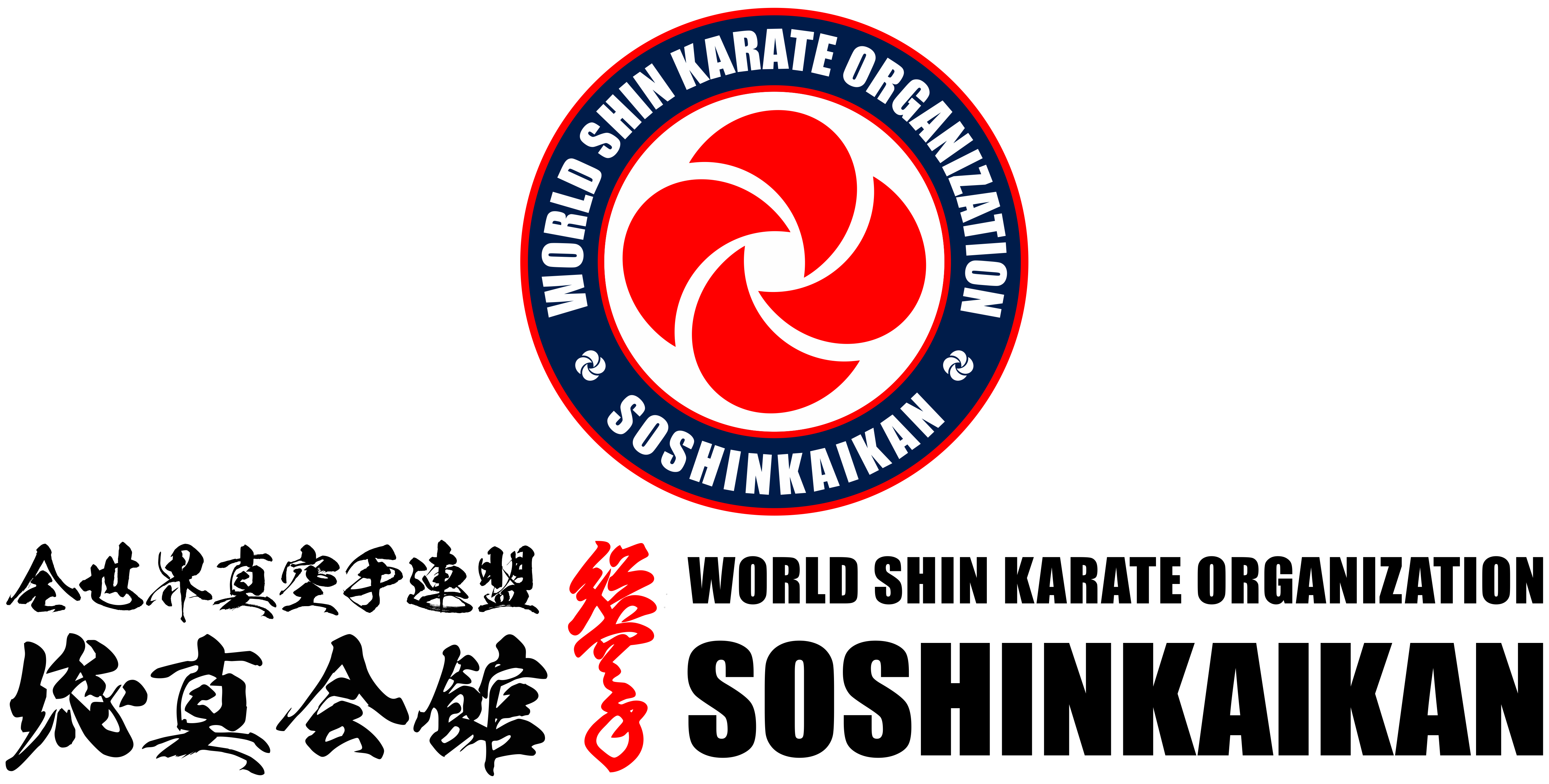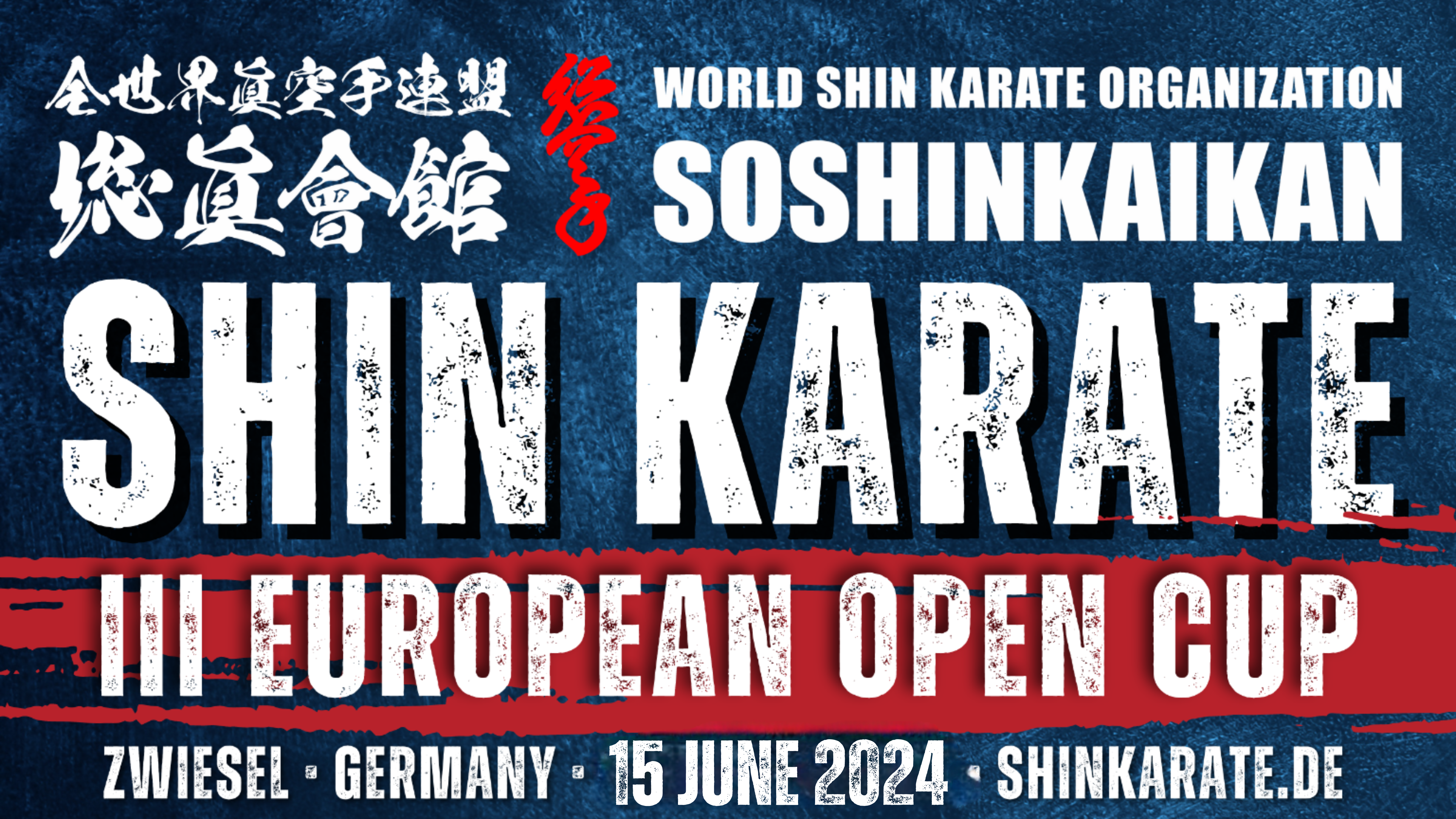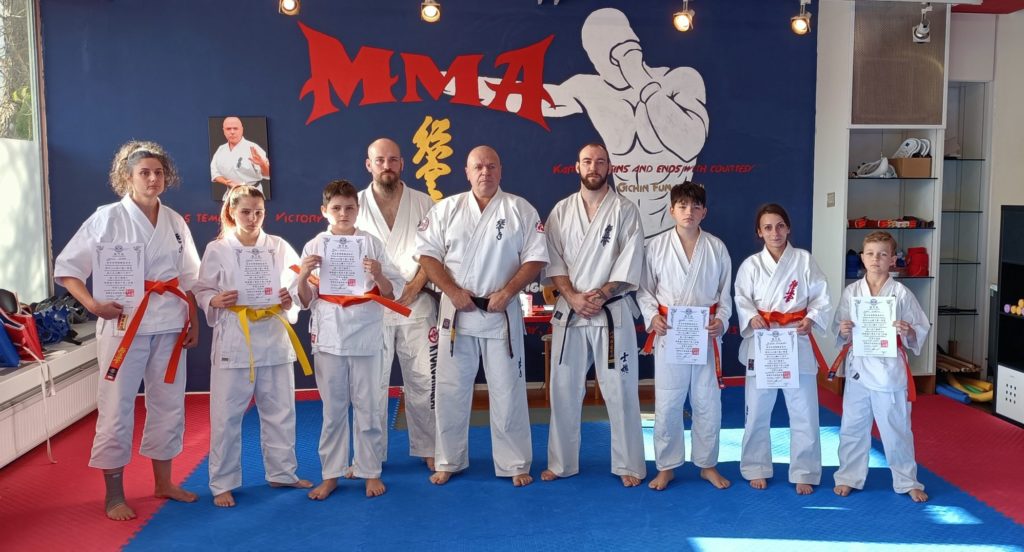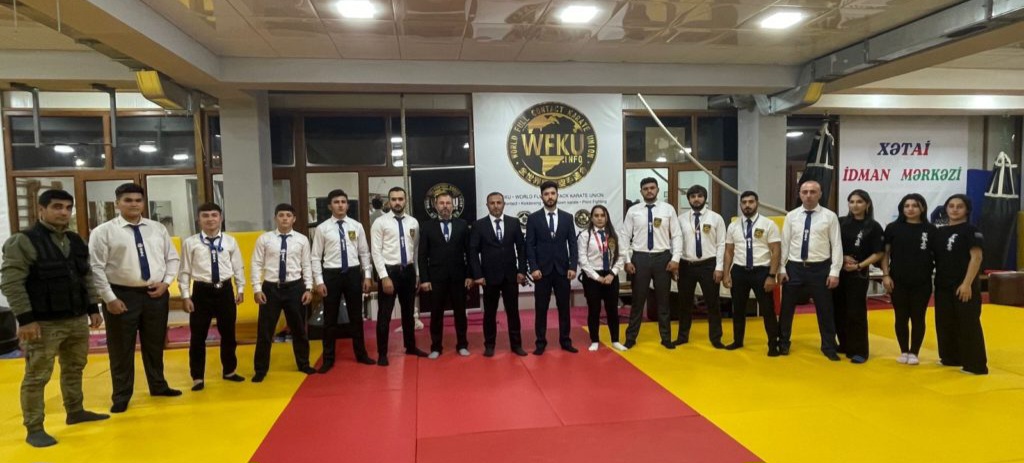When it comes to martial arts, there are numerous styles and disciplines to choose from. One popular and dynamic form of martial arts is Full Contact Karate. In this blog post, we will delve into the world of Full Contact Karate, its history, techniques, and its relevance in today’s martial arts scene.
A Brief History of Full Contact Karate
Full Contact Karate, also known as Shin Karate Soshinkaikan, was developed by Andrew Rekunow. Rekunow was a practitioner of Old School Karate and Kickboxing, and he wanted to create a style that combined the best aspects of both disciplines. Full Contact Karate emphasizes powerful strikes, fast footwork, and effective self-defense techniques.
Techniques and Training in Full Contact Karate
Full Contact Karate incorporates a variety of techniques from different martial arts styles. It combines the precision and discipline of traditional Karate with the speed and agility of Kickboxing. Practitioners of Full Contact Karate train in both striking and grappling techniques, making it a well-rounded martial art.
One of the key aspects of Full Contact Karate is its emphasis on point fighting. Point fighting is a form of sparring where competitors aim to score points by landing clean strikes on their opponents. This style of fighting requires speed, accuracy, and excellent timing.
Another important element of Full Contact Karate is Kata. Kata are prearranged sequences of movements that simulate a fight against multiple opponents. Practicing Kata helps develop fluidity, balance, and coordination. It also enables practitioners to understand the practical applications of different techniques.
Kyokushin and Seikyokushin: Influences on Full Contact Karate
Full Contact Karate has been influenced by Kyokushin and Seikyokushin, two well-known styles of Karate. Kyokushin is known for its intense training methods, including full-contact sparring and breaking techniques. Seikyokushin, on the other hand, focuses on self-defense and practical applications of Karate techniques.
These influences have shaped Full Contact Karate into a style that combines the physical conditioning and toughness of Kyokushin with the practicality and self-defense aspects of Seikyokushin.
Full Contact Karate for Self-Defense
Full Contact Karate is not only a competitive martial art but also an effective form of self-defense. The techniques taught in Full Contact Karate are practical and can be used in real-life situations. The emphasis on point fighting and sparring helps practitioners develop the ability to react quickly and effectively under pressure.
Whether you are looking to compete in tournaments, improve your physical fitness, or learn practical self-defense skills, Full Contact Karate offers a comprehensive training program that caters to various goals and skill levels.
Conclusion
Full Contact Karate, with its roots in Old School Karate and Kickboxing, combines the best aspects of both disciplines. It offers a well-rounded training program that includes striking, grappling, and self-defense techniques. Whether you are a beginner or an experienced martial artist, Full Contact Karate provides a challenging and rewarding martial arts experience.
So, if you are looking to embark on a martial arts journey that combines tradition, discipline, and practicality, consider exploring the world of Full Contact Karate.




